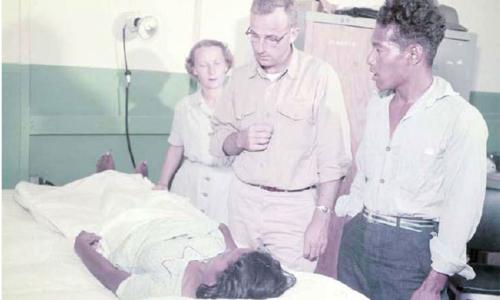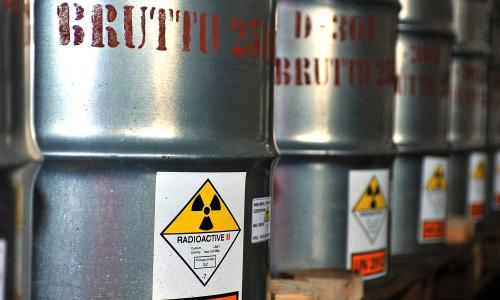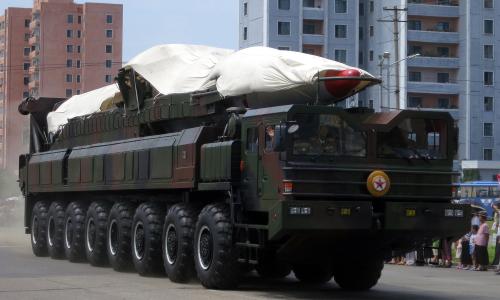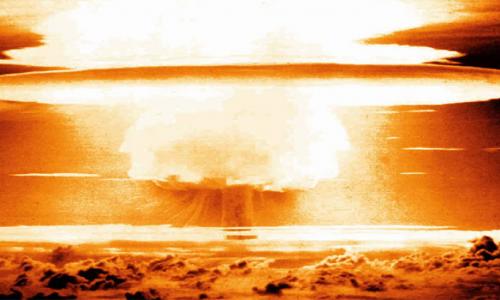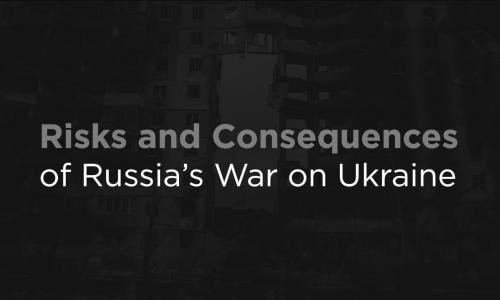An explosive nuclear test is the intentional detonation of a nuclear weapon, leading to an uncontrolled, highly destructive release of energy produced by a fission and/or fusion reaction .
It can be done to learn about the weapon or to communicate a political message. Thanks to arms control efforts after the end of the Cold War, every nuclear weapons-possessing country except for North Korea currently upholds a decades-long, voluntary moratorium on nuclear explosive testing.
Whether or not countries are conducting nuclear tests can be verified by the Comprehensive Test Ban Treaty Organization through the International Monitoring System, an elaborate network of monitoring stations and laboratories across 89 different countries.
As geopolitical tensions rise between the United States, Russia, and China, these countries may reconsider their current commitment to refrain from nuclear testing. If just one of these countries decides to resume nuclear testing, the others would likely respond with tests of their own.
A resumption of nuclear testing would increase the risk of nuclear war.
Nuclear testing raises the perceived importance of nuclear weapons to security, increases the risk of conflict between countries with nuclear weapons, and allows countries to develop new types of nuclear weapons. Nuclear testing would also damage already fragile international nuclear arms control efforts, including the Comprehensive Test Ban Treaty and Nuclear Nonproliferation Treaty. If these international agreements fail, more countries might seek nuclear weapons for themselves.
Renewed nuclear testing would also be a moral injustice to frontline communities that are still fighting to clean contaminated land and get compensation for the ongoing health consequences of radiation exposure. People are still dying because of nuclear tests conducted decades ago.
Future nuclear tests would almost certainly be conducted at underground test sites, which present less risk of public exposure because they are designed to contain radioactive material rather than release it freely into the atmosphere. However, underground tests can and have resulted in contamination of land and underground water. Occasionally, underground tests have also resulted in local and even widespread contamination through the accidental leakage of radionuclides into the air from the surrounding rock.
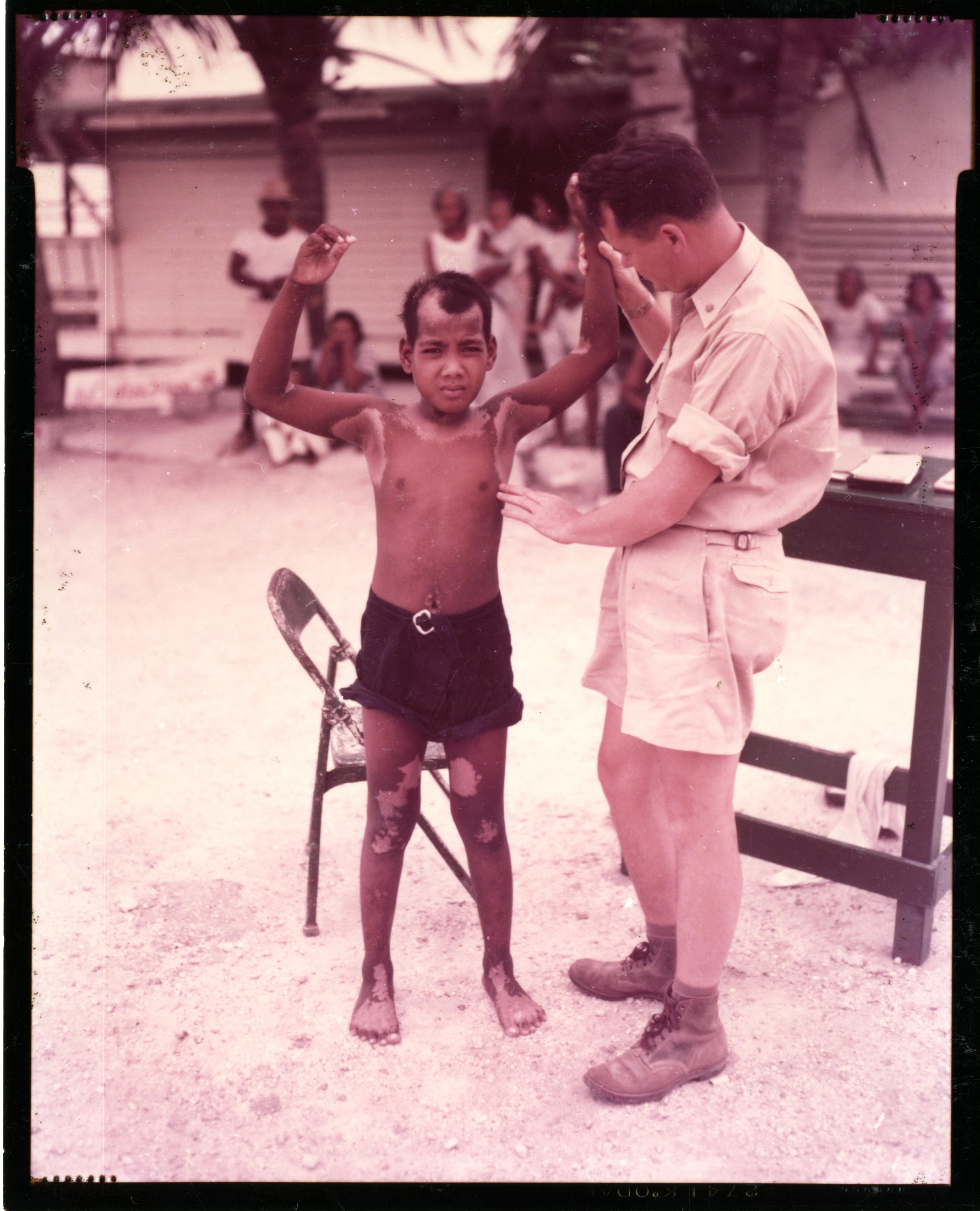
Countries agreed to stop nuclear testing for good reasons
The United States initiated the first nuclear explosion in New Mexico in 1945, known as the Trinity test. Since then, at least eight countries have collectively conducted over 2,000 nuclear tests. The United States has conducted over 1,000 nuclear tests, more than any other country.
During the early years of the Cold War, hundreds of nuclear tests were conducted above ground or underwater, often on colonized and/or Indigenous land. The radioactive materials generated by these nuclear explosions mixed with debris from the blast, fell to the earth with rain, or were spread hundreds of miles by wind, where they exposed hundreds of thousands of people globally to dangerous levels of radiation. Materials from these powerful explosions were also lofted high into the atmosphere, where they circulated widely.
One of the worst disasters in the history of testing, the 1954 Castle Bravo test carried out by the US government, dispersed radioactive material over thousands of kilometers, sickening nearby inhabitants of the Marshall Islands and Japanese fisherman, and causing incalculable and intergenerational impacts to the environment, health, and culture of the Marshallese people.
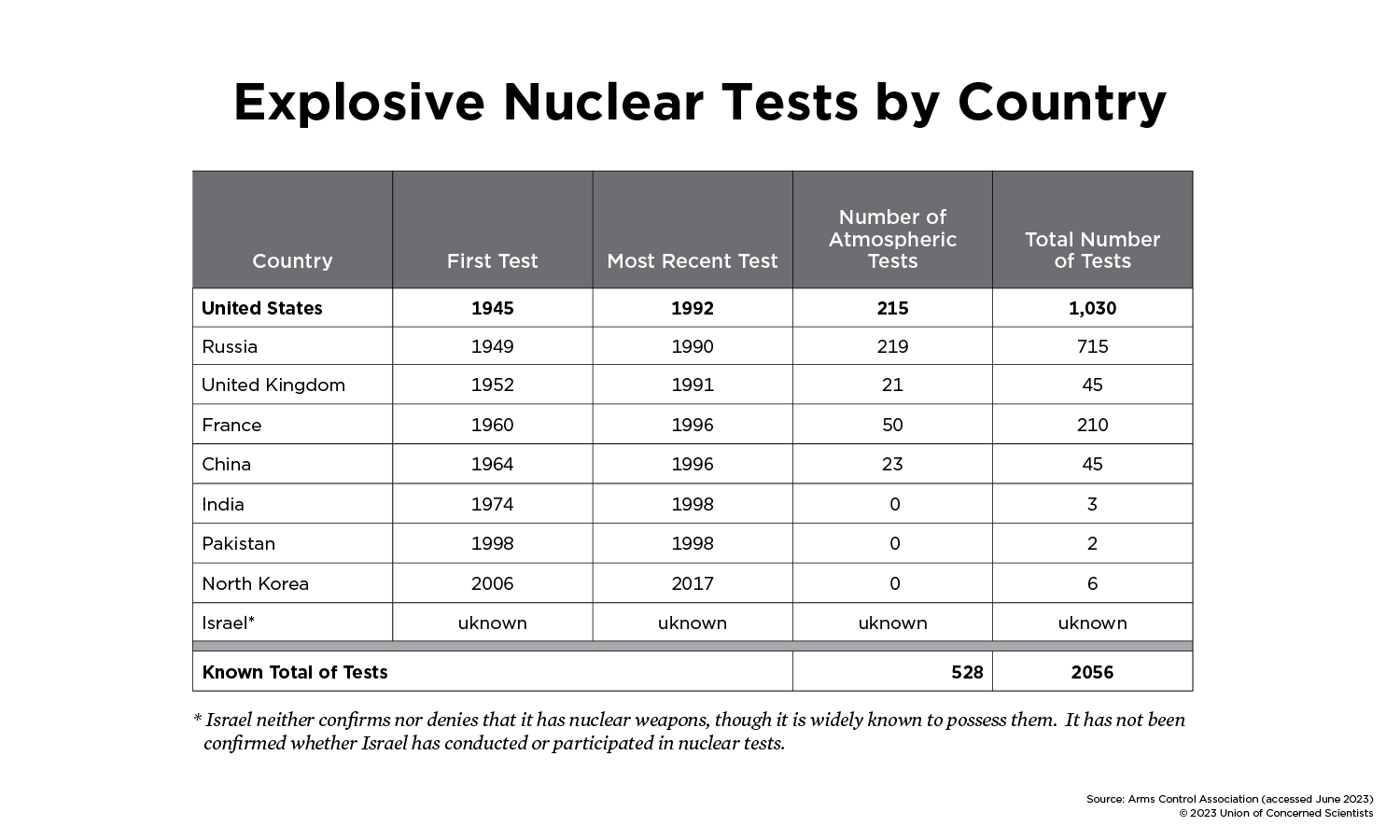
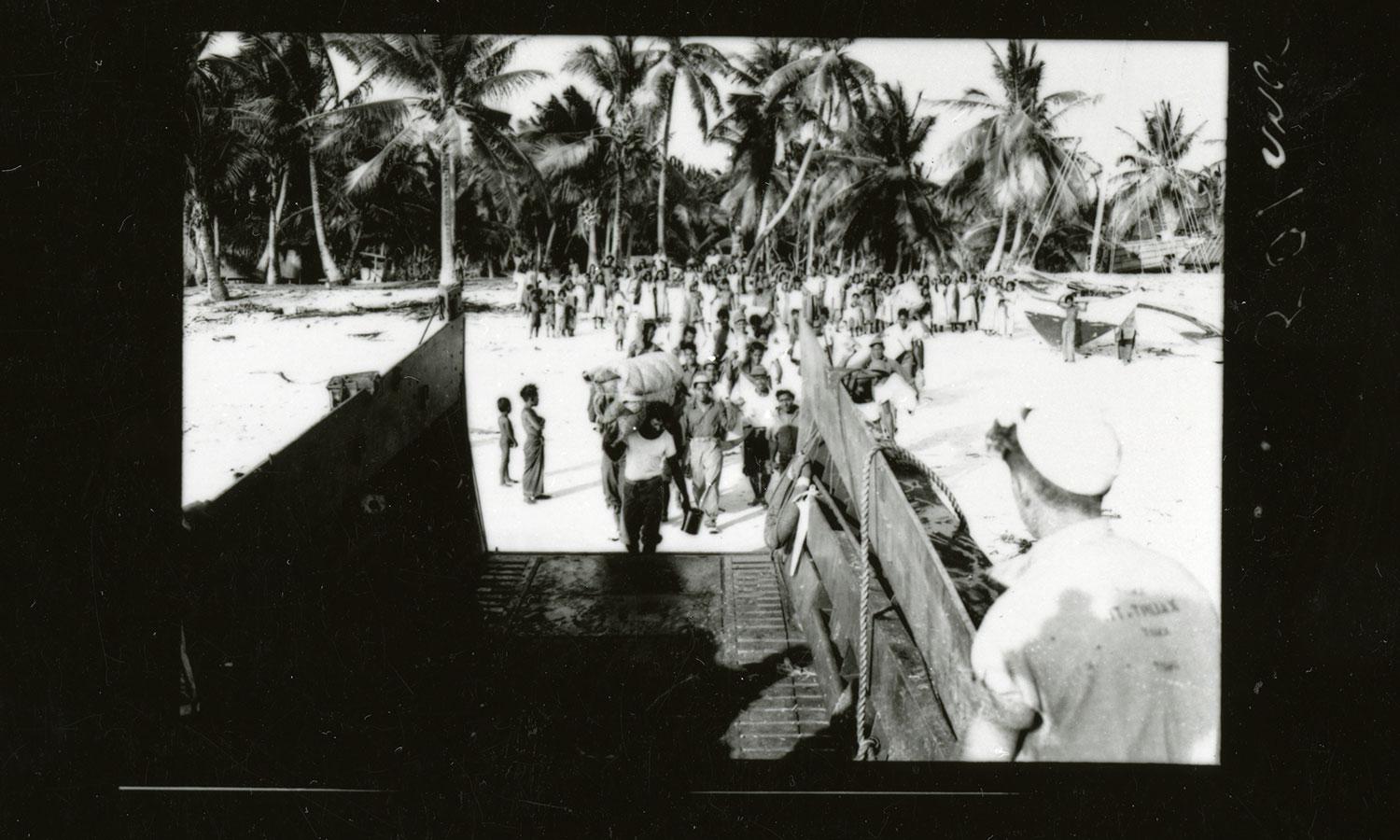
The partial Nuclear Test Ban Treaty
The fallout from atmospheric tests created a global health crisis. A 1961 study revealed that strontium-90, a radioactive isotope, was building up in the teeth of children living in the St. Louis, Missouri area, hundreds of miles away from the nearest nuclear test site in the Nevada desert. Efforts by thousands of scientists and the international public raised the alarm about contamination from atmospheric nuclear tests and urged global leaders to act.
By 1963, the international community had negotiated the Partial Nuclear Test Ban Treaty, which prohibits carrying out nuclear tests in any environment that would allow radioactive material to spread across a country’s borders, including atmospheric tests, underwater tests, and tests in outer space.
The Partial Nuclear Test Ban Treaty dramatically reduced and eventually ended atmospheric nuclear testing. But nuclear testing did not slow down. Instead, countries with nuclear weapons shifted to underground test sites.
The Comprehensive Test Ban Treaty
When the Cold War ended, the international community moved to end nuclear testing for good. This effort was critical to secure the indefinite extension of the Nuclear Non-Proliferation Treaty, one of the greatest international efforts to stop the spread of nuclear weapons. The Comprehensive Test Ban Treaty, negotiated in 1996 with near universal support, prohibits any nuclear explosive testing.
While more than 175 countries have signed and ratified it, the Comprehensive Test Ban Treaty has yet to enter into force. For the treaty to enter into force, a specified group of 44 states—those deemed most likely to be capable of testing—must first ratify it. Most of the 44 states have done so, but eight, including the United States and China, have not. A resumption of nuclear testing would make the possibility of the treaty’s entry into force yet more remote.
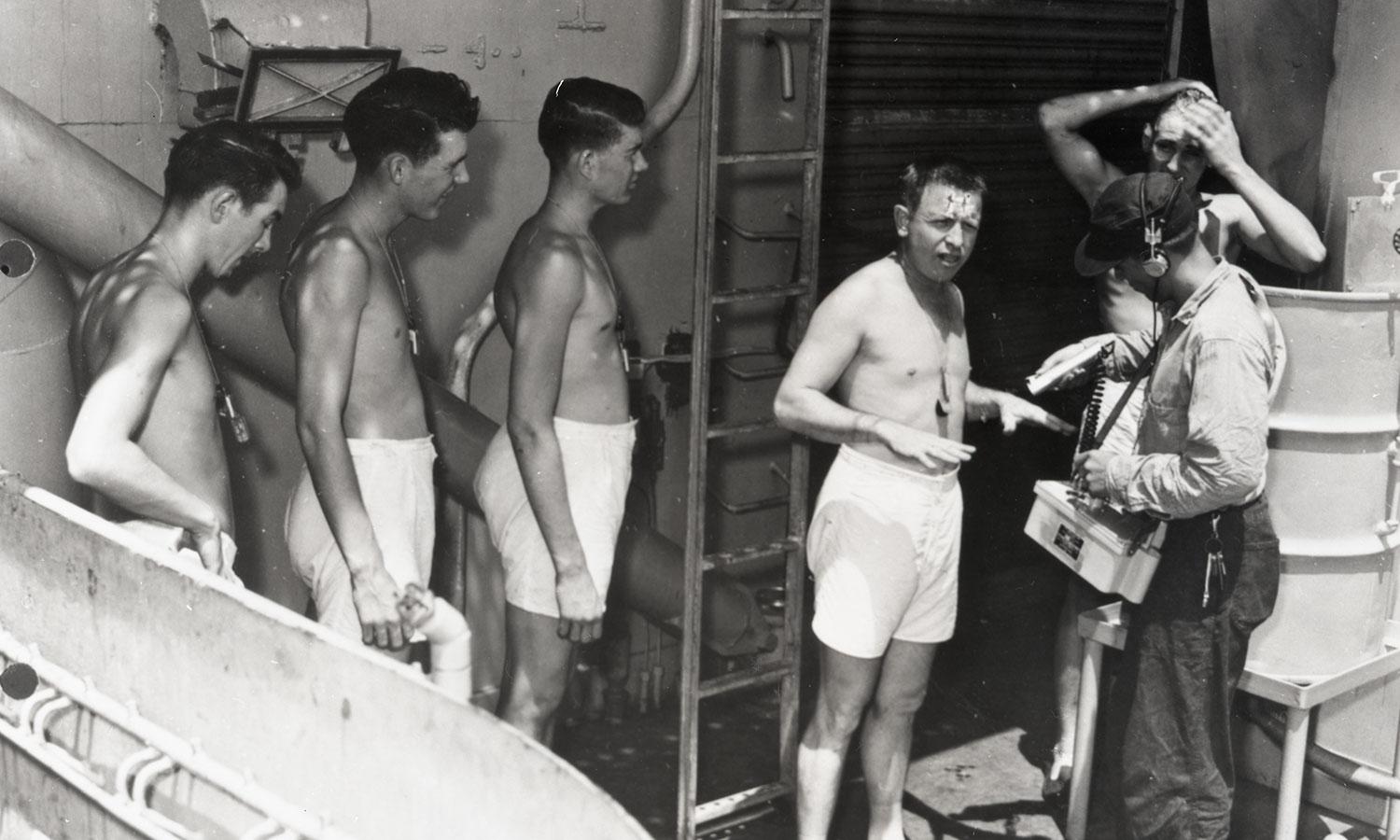
How long would it take for the United States to resume nuclear testing?
How long it would take the United States to be ready to conduct an explosive nuclear test depends on whether the purpose of the test is to collect technical information or to fulfill a political objective.
Though the United States has observed a voluntary moratorium on nuclear testing since 1992, it has also maintained the ability to resume such testing at the Nevada Nuclear Security Site. According to the National Nuclear Security Administration (NNSA), it would take 24 to 36 months of preparation to conduct an instrumented test—one designed to collect useful technical data—for an existing warhead in the current stockpile and as much as five years to prepare tests aimed at developing new nuclear capabilities. According to the NNSA, it would take as little 6-10 months of preparation to conduct a simple test for “political purposes,” such as a show of force or an attempt to pressure another country, if the president suspended regulatory requirements.
The United States doesn’t need to test for scientific or safety reasons
The United States has determined that there is no need for nuclear explosive testing to maintain its nuclear arsenal. As mandated in federal law, U.S. Code Title 50, Section 2525 requires annual assessments and reports about the condition of the US nuclear weapons stockpile to be submitted to the president and Congress. The directors of the US nuclear-weapon laboratories and the Commander in Chief of the US Strategic Command rigorously review the safety and reliability of each nuclear weapon type and certify each year that the US stockpile is safe and reliable through a program of science-based stockpile stewardship. This entails a combination of non-nuclear laboratory experiments, advanced computer simulations and forensic monitoring of the health of existing weapons. Replacement of some non-nuclear components with limited lifespans is undertaken through ‘life extension’ programs. According to the 2022 Nuclear Posture Review, “the Department of Energy’s National Nuclear Security Administration (NNSA) stockpile stewardship program enables the United States to ensure a safe, secure, and effective nuclear deterrent without requiring a return to nuclear explosive testing. This helps advance US non-proliferation objectives and sets a responsible example for all nuclear weapons states.”
We can prevent a return to nuclear testing
Right now, any US president could order the resumption of nuclear testing for any reason. Congress can take action to ensure that a US president could not demand a nuclear test for political purposes. For example, they could:
Ratify the CTBT: The US Senate should ratify the Comprehensive Test Ban Treaty. Doing so will strengthen the norm against nuclear testing and pressure other states, including China , to join the treaty as well. US ratification is a critical and necessary step towards the treaty’s entry into force.
Pass legislation to limit nuclear testing: Until the Comprehensive Test Ban Treaty enters into force, the US Congress should pass a law that would require Congressional approval before funds could be used for a nuclear test.
Cease the development of new nuclear weapons: The United States should refrain from developing and deploying new weapons with designs that, over time, could increasingly differ from those that were fully tested. While many changes could be implemented without the need for nuclear testing, the cumulative effect of those changes could eventually erode confidence in the weapons design and encourage calls for resumed testing.
Provide victim assistance and environmental remediation: It’s not enough to prevent new nuclear tests. The United States should address the full economic, environmental and health consequences of its testing program in the United States, the Marshall Islands, and elsewhere. Congress should expand the Radiation Exposure Compensation Act to cover all victims of nuclear testing, including the communities in New Mexico affected by the first nuclear explosion. It should also fully address the nuclear legacy in the Marshall Islands through agreements like the Compact of Free Association.
